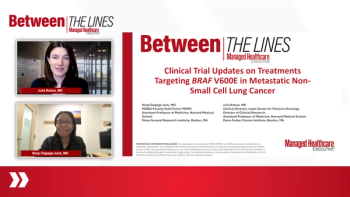
Conventional Therapies Used in Vitiligo
An expert discusses how vitiligo treatment historically relied on off-label therapies such as topical corticosteroids, calcineurin inhibitors, and phototherapy, but now includes the first FDA-approved agent, topical ruxolitinib 1.5% cream, used alone or in combination with other treatments.
Episodes in this series

Video content above is prompted by the following:
Historically, vitiligo treatment relied exclusively on off-label therapies including topical corticosteroids, topical calcineurin inhibitors (tacrolimus and pimecrolimus), phototherapy, and targeted laser treatments for limited areas. These conventional approaches formed the foundation of vitiligo management before any FDA-approved treatments became available. The treatment landscape has evolved significantly with the recent approval of topical ruxolitinib 1.5% cream, marking a milestone in vitiligo therapy.
Today’s vitiligo treatment approach combines traditional therapies with the newly approved ruxolitinib cream, either as monotherapy or in combination with phototherapy and laser treatments. Practitioners frequently use potent or ultrapotent corticosteroids alongside noncorticosteroid agents to suppress the upregulated immune response within vitiligo lesions. A common protocol involves alternating 2 weeks of corticosteroid treatment with 2 weeks of topical calcineurin inhibitor therapy, serving as a steroid-sparing technique to minimize long-term corticosteroid exposure risks.
The introduction of topical ruxolitinib has reduced dependence on corticosteroids while providing an efficacious and safer noncorticosteroid option. However, practical limitations exist for extensive disease, particularly when vitiligo affects more than 10% of the body surface area. In such cases, topical treatments alone prove insufficient, necessitating total body phototherapy combined with targeted topical applications to high-priority visible areas such as the head, neck, and hands.
Newsletter
Get the latest industry news, event updates, and more from Managed healthcare Executive.





















































